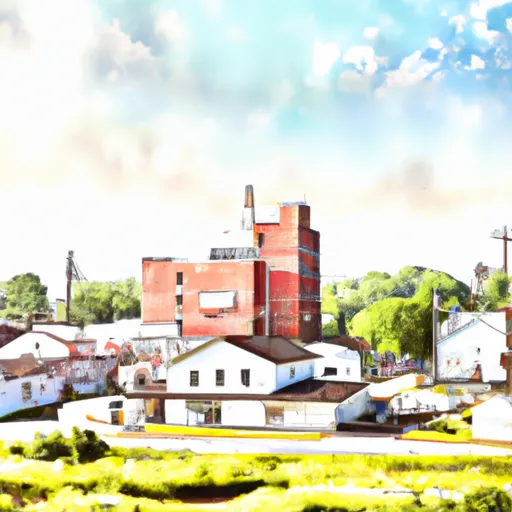°F
°F
mph
Windspeed
%
Humidity











Hopedale, Ohio is a small village located in Harrison County in the northeastern part of the state. The area experiences a humid continental climate, characterized by hot summers and cold winters. Average temperatures range from around 30°F (-1°C) in winter to 80°F (27°C) in summer, with moderate precipitation throughout the year.
Hopedale is home to several waterways, including the Short Creek and the Ohio River. These water bodies provide opportunities for various outdoor activities such as fishing, boating, and kayaking. Anglers can find a variety of fish species in the area, including bass, catfish, and trout.
Additionally, Hopedale is surrounded by picturesque natural landscapes and forests, perfect for hiking and camping enthusiasts. Close by, Harrison State Forest offers numerous trails for outdoor exploration and wildlife viewing.
For those looking for outdoor recreation facilities, the village has a community park that offers amenities such as picnic areas, playgrounds, and sports fields. The park is a popular spot for families and individuals alike to enjoy outdoor activities and social gatherings.
Overall, Hopedale, Ohio, with its diverse climate, waterways, and natural surroundings, offers a range of outdoor recreational opportunities for residents and visitors to enjoy.
Weather Forecast
Hopedale receives approximately 1028mm of rain per year, with humidity levels near 81% and air temperatures averaging around 11°C. Hopedale has a plant hardyness factor of 6, meaning plants and agriculture in this region thrive during a short period during spring and early summer. Most plants will die off during the colder winter months.
Regional Streamflow Levels
15
Cubic Feet Per Second
14
Cubic Feet Per Second
5
Cubic Feet Per Second
1,420
Cubic Feet Per Second
Nearby Camping
| Camping Area | Reservations | Toilets | Showers |
|---|---|---|---|
| West Branch State Park | |||
| Mosquito Lake State Park | |||
| Mill Creek - Berlin Reservoir | |||
| Jefferson Lake State Park | |||
| Guilford Lake State Park |



